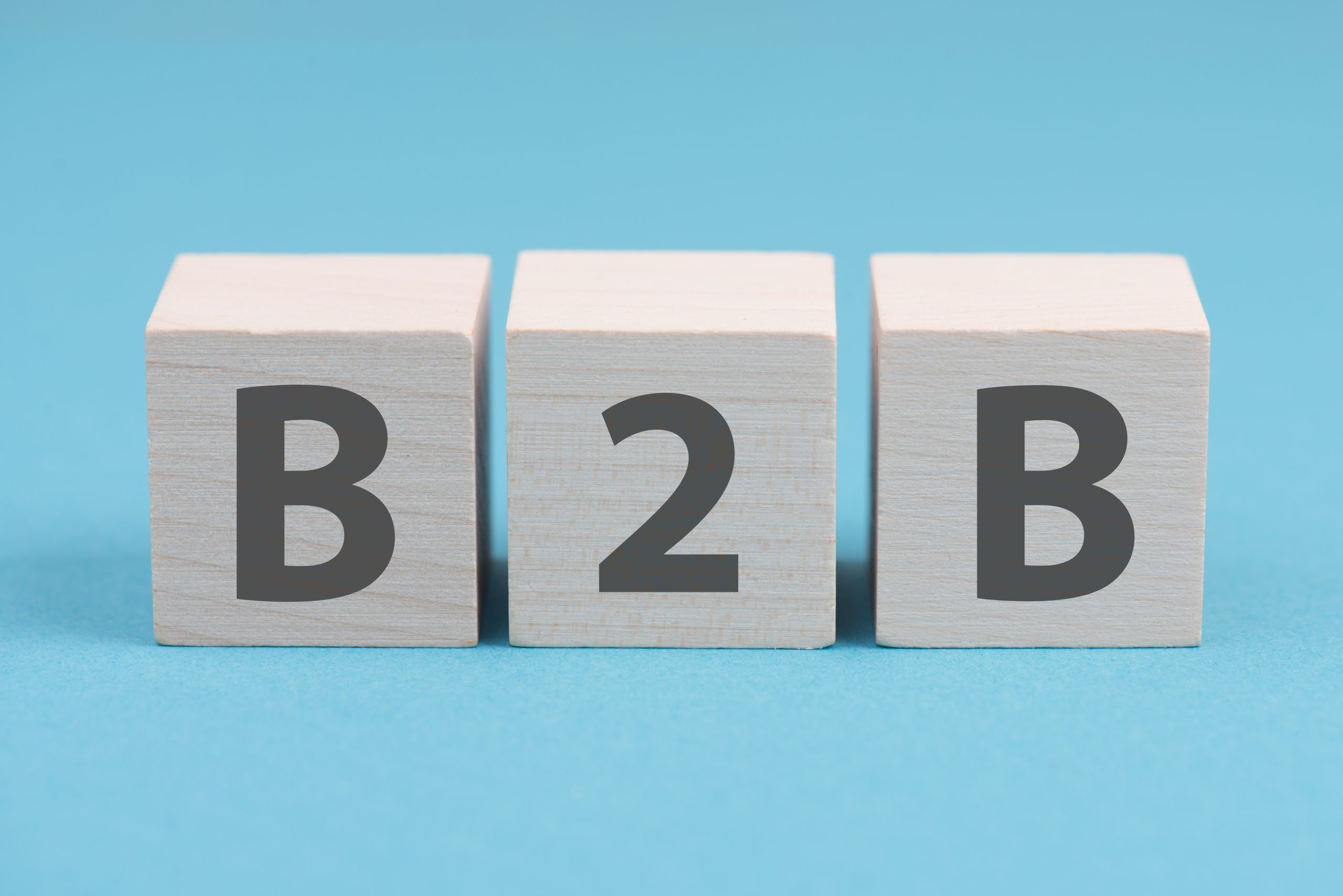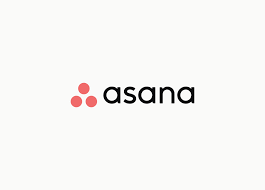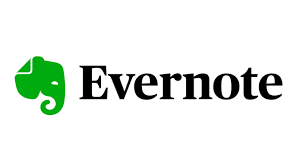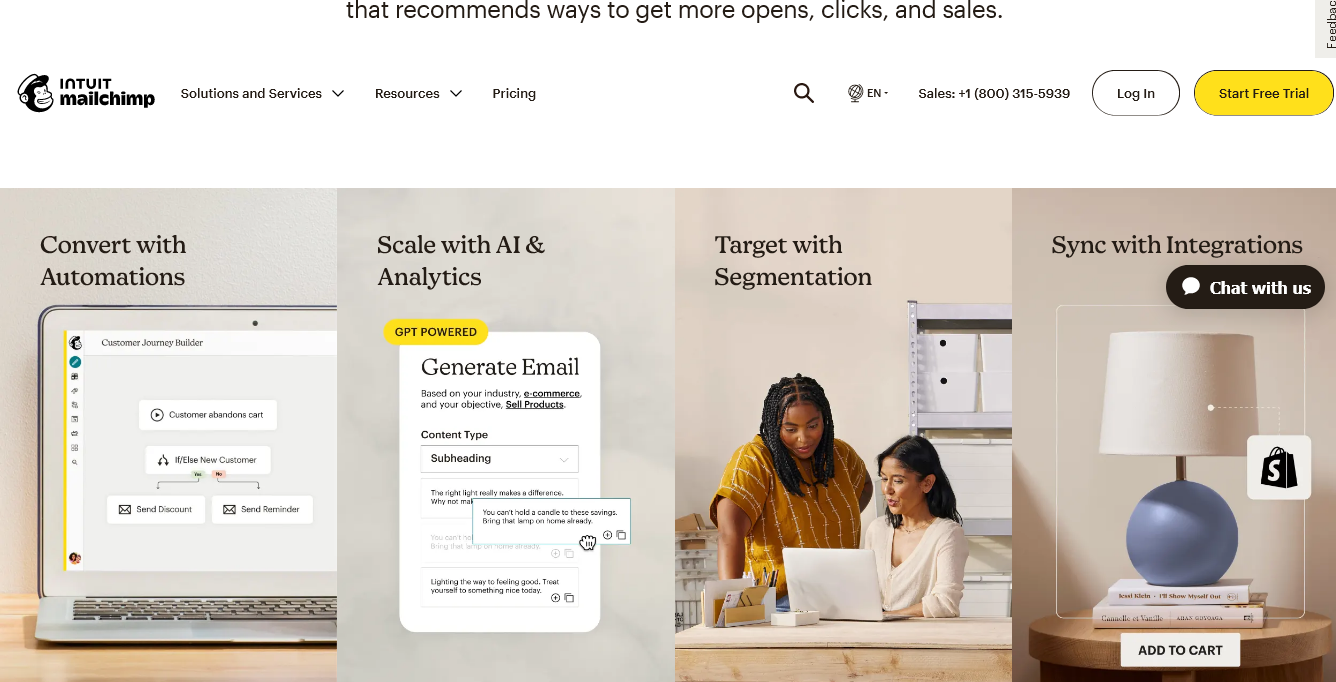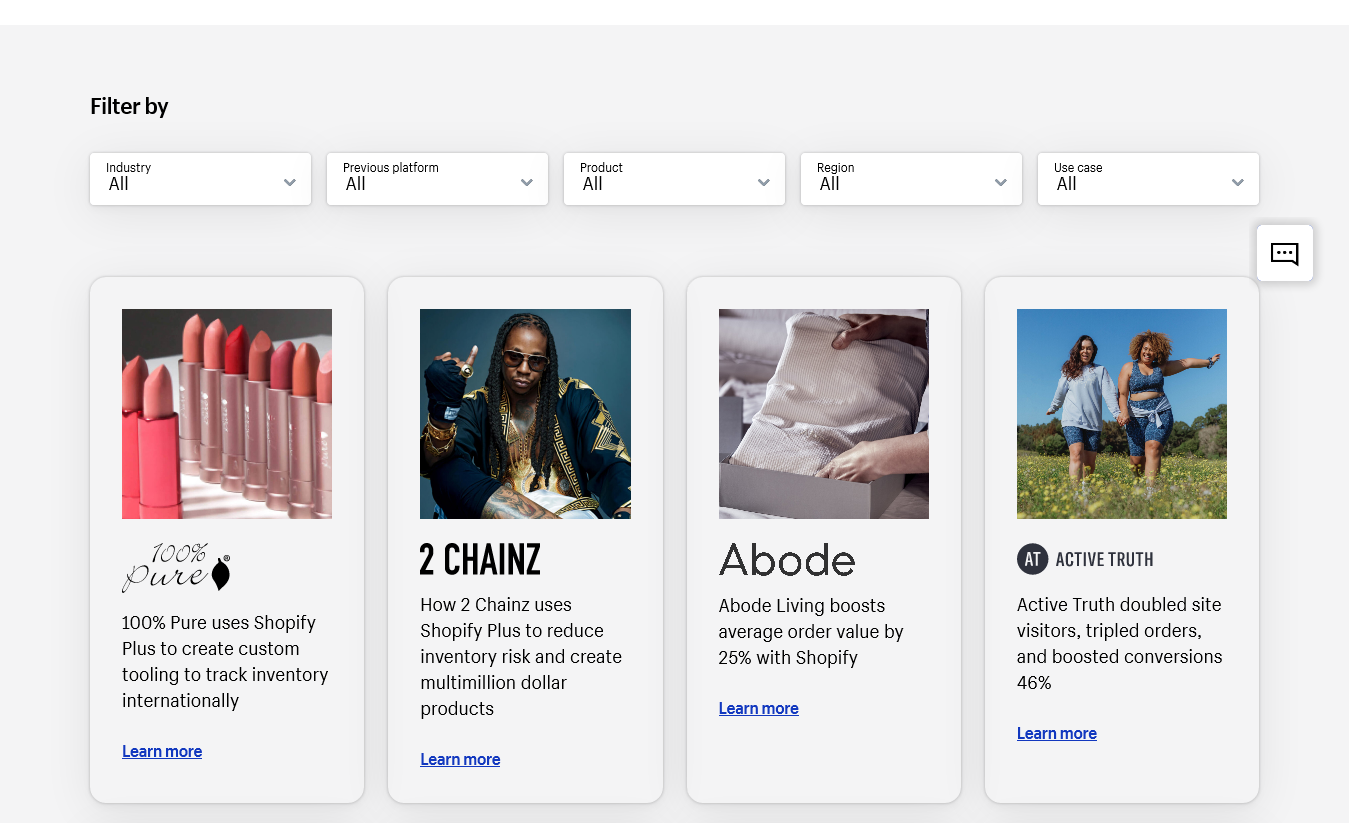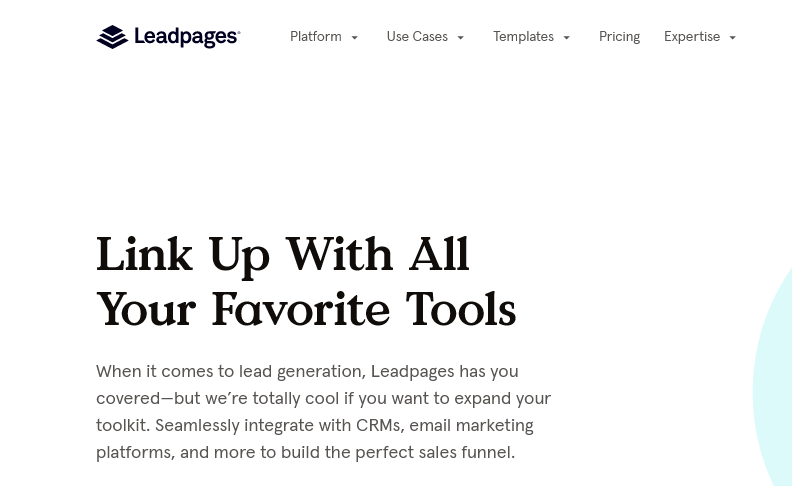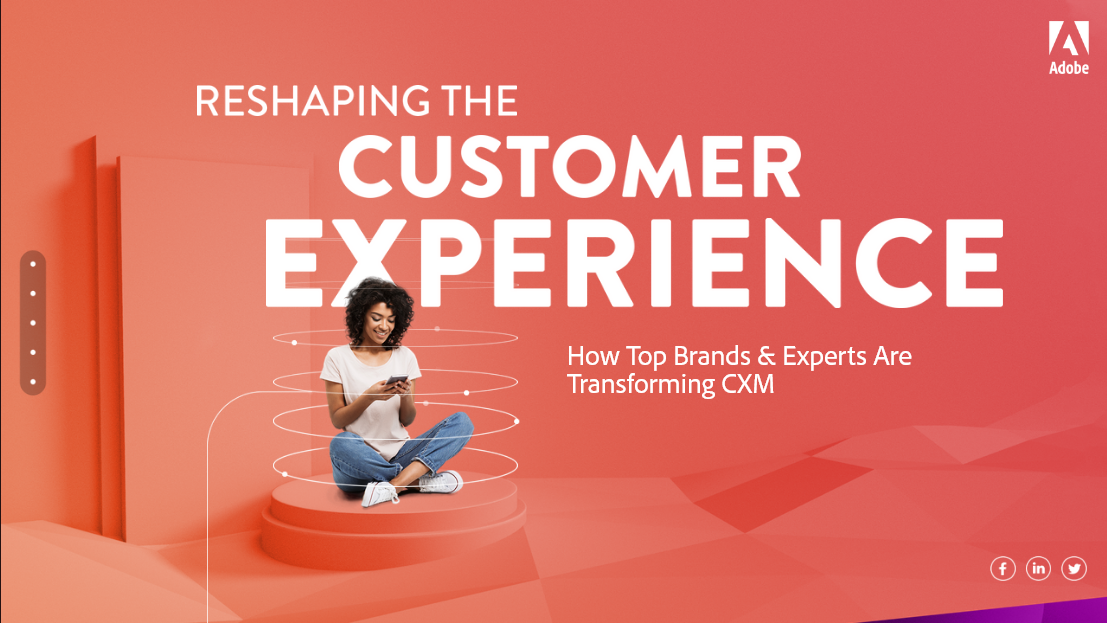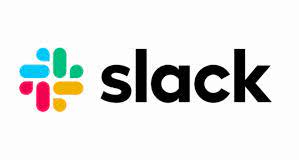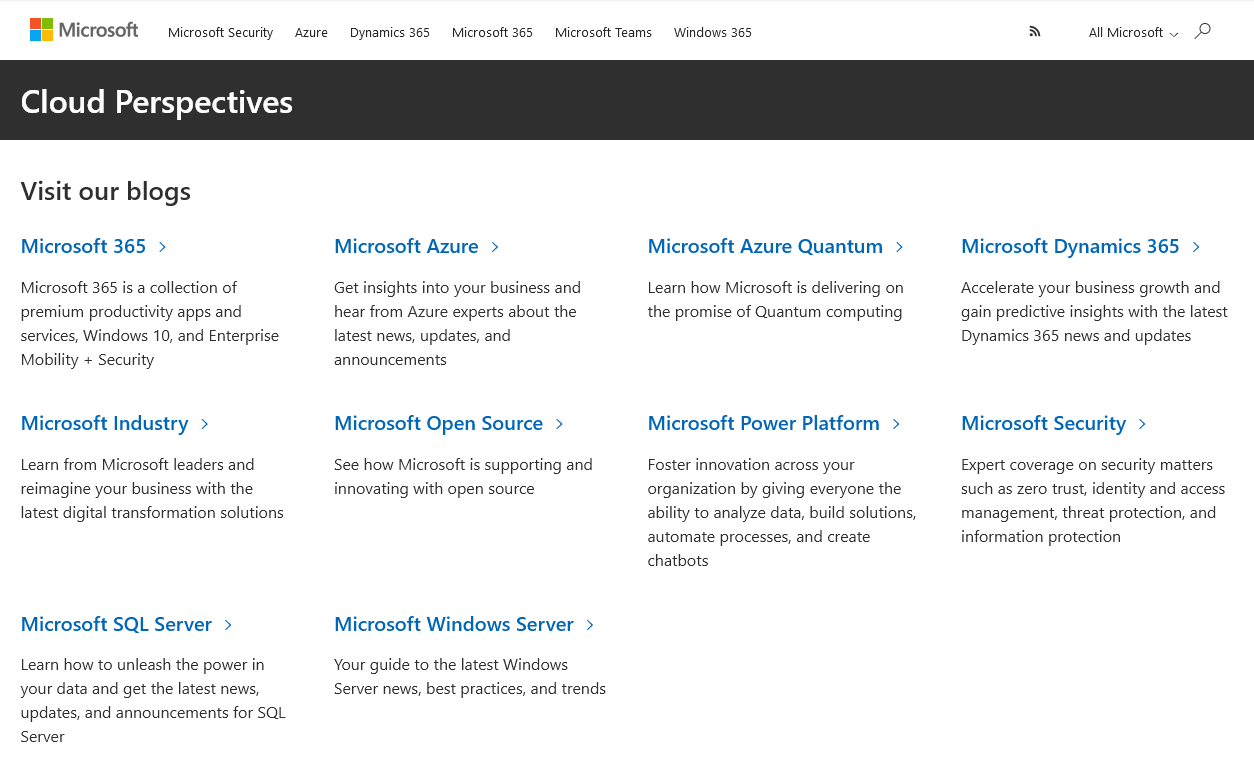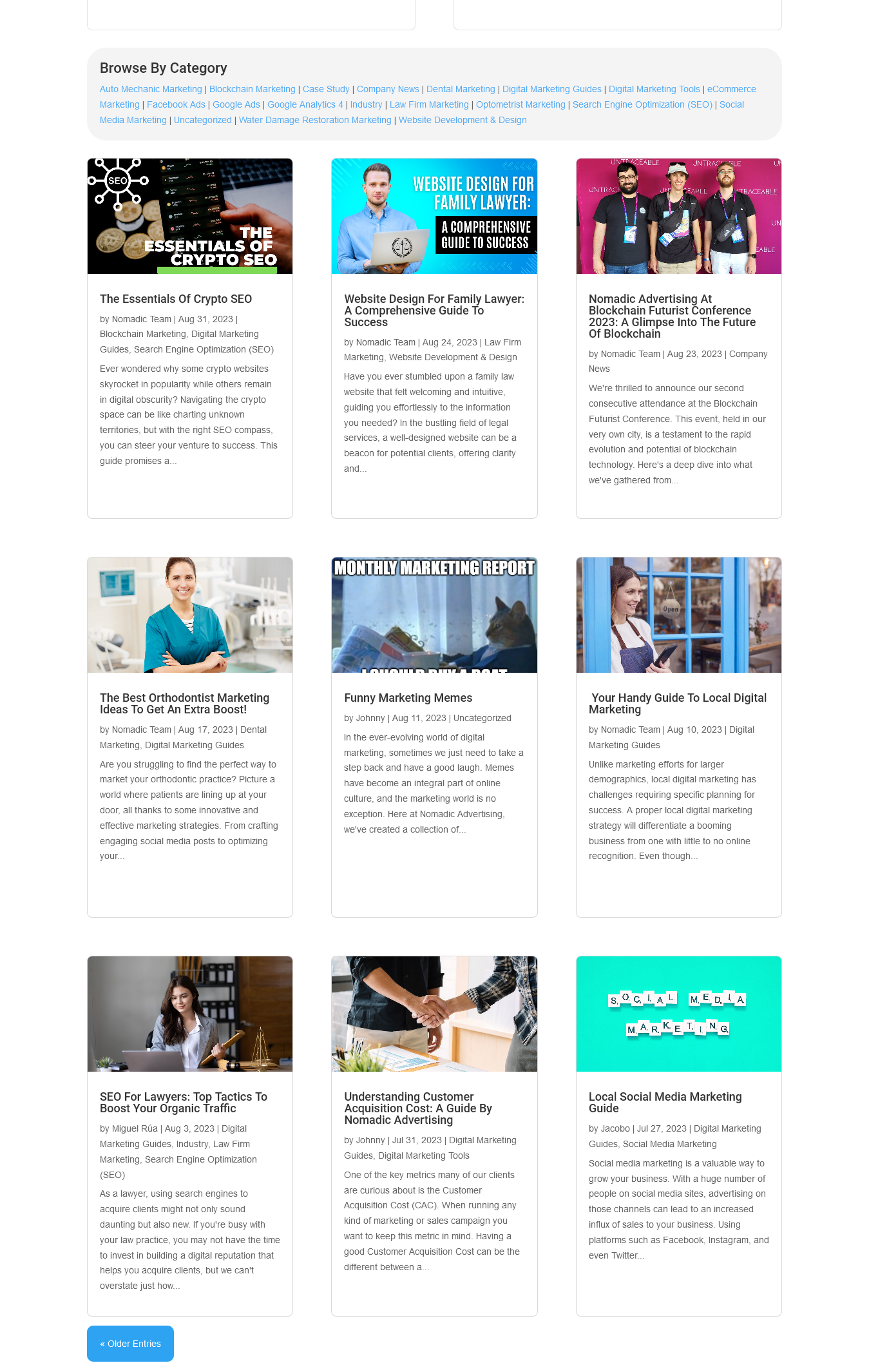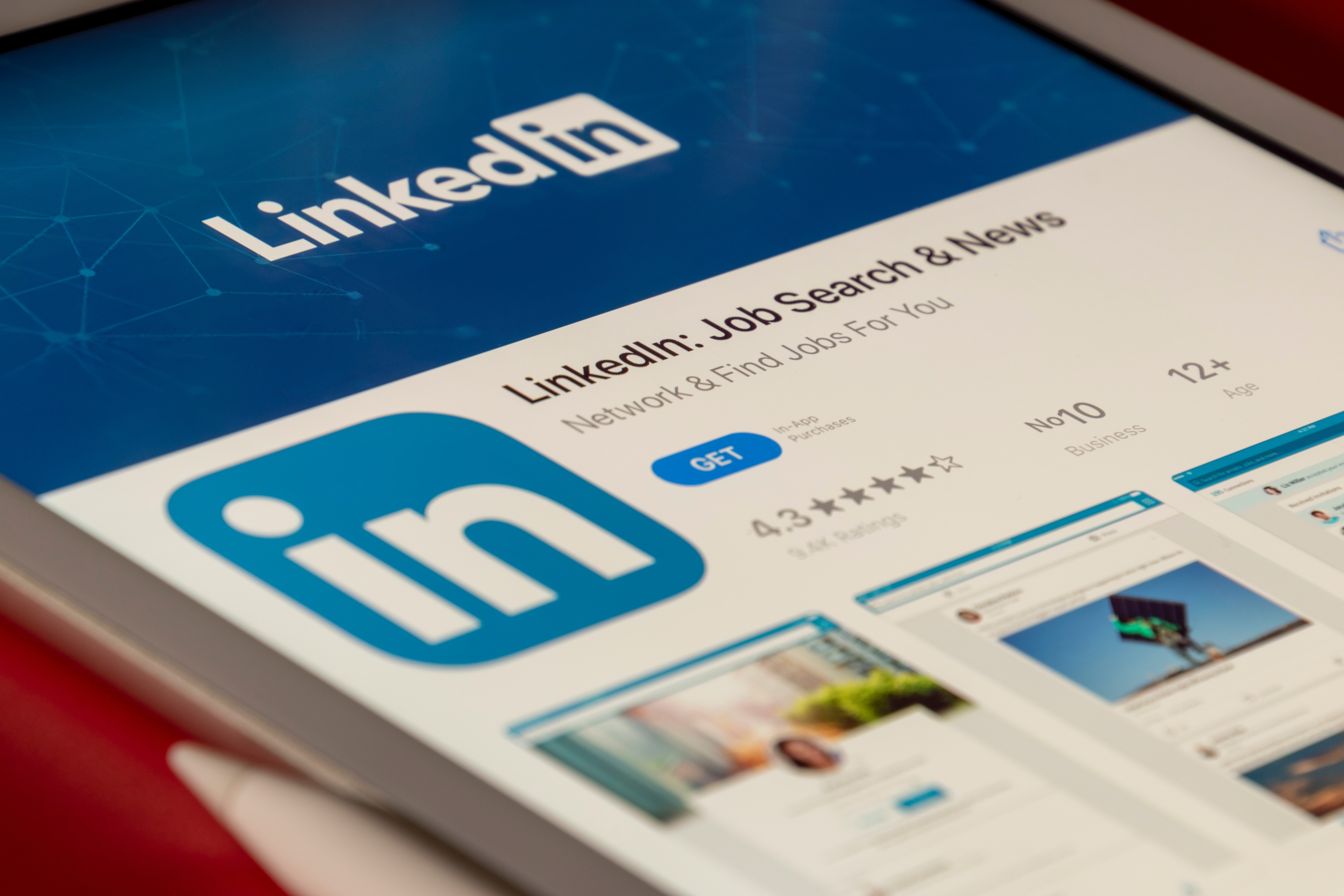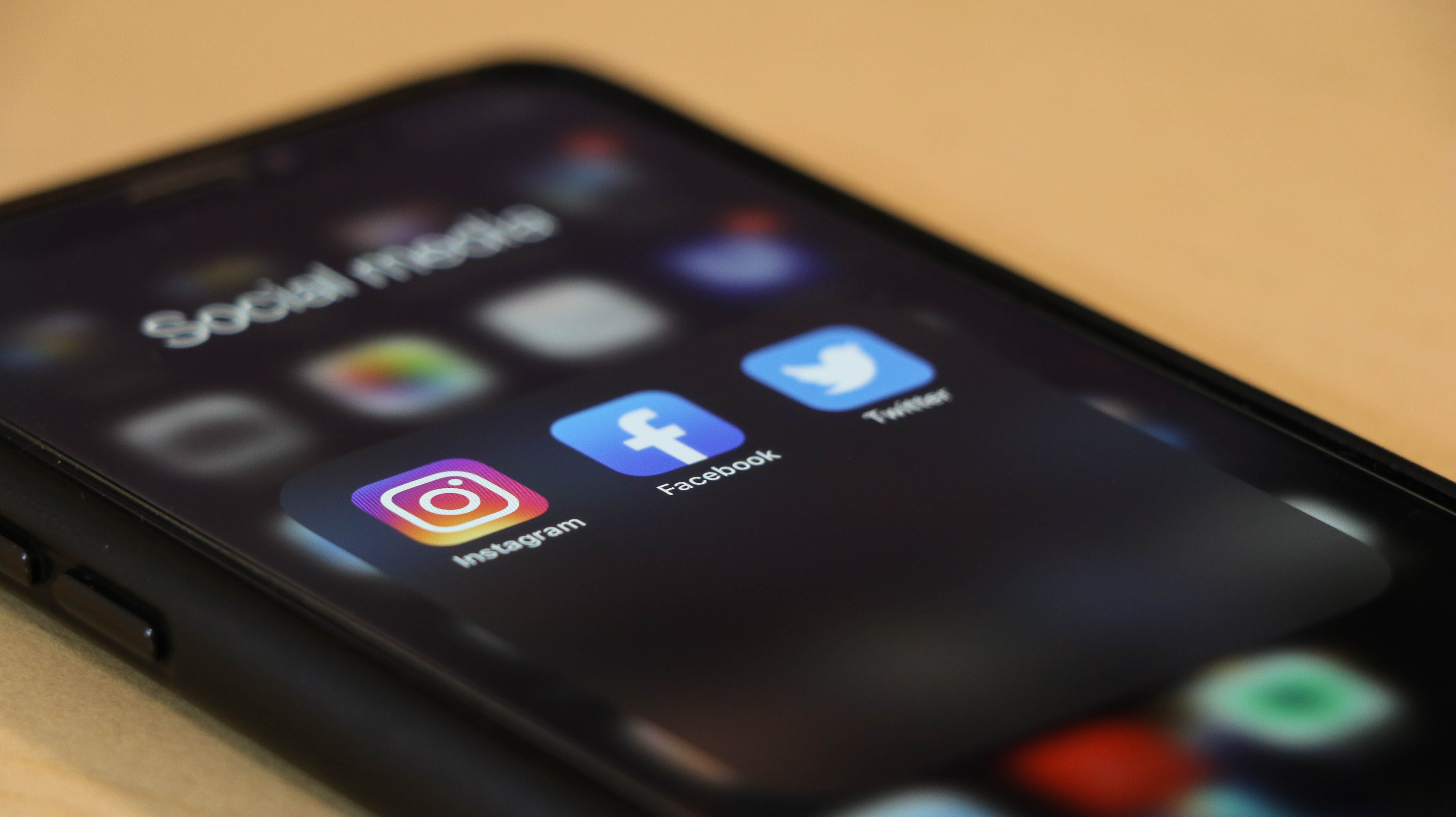In the B2B SaaS world, effective marketing can feel like a puzzle. With so many pieces like content marketing, SEO, and social media, where do you start?
The key is understanding your target audience and crafting strategies that resonate. Branding, website design, and SEO are just the tip of the iceberg.
If it sounds like a lot, don’t worry, this guide is here to help you harness the full potential of B2B SaaS marketing.
Creating your B2B SaaS marketing strategy
SaaS market research
B2B SaaS companies thrive on understanding their market’s nuances. Getting deep into market research is pivotal and we recommend you focus on 4 main aspects during your market research: tracking adoption rates, conducting feature analysis, analyzing pricing models, and establishing feedback loops.
1. Tracking Adoption Rates
To gauge the speed at which new SaaS solutions are being adopted:
- Use tools like Google Trends to monitor search interest for specific SaaS products.
- Join industry forums and communities. Engage in discussions to understand which tools are gaining popularity.
2. Conducting Feature Analysis
To identify in-demand software features:
- Send out surveys to your existing users asking about features they wish to see.
- Analyze customer support queries. Often, repeated requests can highlight desired features.
3. Analyzing Pricing Models
To understand competitive pricing:
- Sign up for competitors’ newsletters. They often announce pricing changes there.
- Use platforms like Capterra or G2 to compare the pricing of similar SaaS products.
4. Establishing Feedback Loops
To gather direct user feedback:
- Integrate feedback forms within your software.
- Host monthly webinars or Q&A sessions. This provides a platform for users to voice their needs and concerns.
By taking these actionable steps, SaaS businesses can stay ahead of the curve, ensuring they meet the evolving needs of their market.
B2B SaaS customer research
When it comes to B2B SaaS, knowing your customer is more than just a marketing tactic—it’s the lifeline of your business.
Let’s look at some examples of how you can do this – and how SaaS tools themselves can help you do it:
- Behavioral Insights: Tools like HubSpot shed light on user interactions. Are they reading your blog posts or diving deep into your white papers? This helps you understand the content marketing strategy that resonates.
- Direct Feedback: Platforms such as SurveyMonkey are invaluable. What do your current customers love? What features do prospective customers wish to see? Their feedback is the compass for your product roadmap.
- Audience Segmentation: Google Analytics can show how different sectors engage with your software. For instance, financial firms might prioritize security, while educational entities value collaboration.
- Retention Analysis: Tools like Mixpanel can reveal why customers stay. Is it the seamless integration with Google Workspace or the effectiveness of your email campaigns? Pinpointing these can guide your marketing efforts.
Armed with these tools and insights, businesses can fine-tune their SaaS offerings, ensuring they’re always aligned with the needs and desires of their target market.
B2B SaaS branding
In the B2B SaaS space, branding goes beyond mere visuals. It’s the narrative that sets your software apart in a crowded market.
(source 1)
Asana’s branding emphasizes its role as a work management tool, ensuring teams align and meet their business goals. On the flip side, Trello leans into its flexible card-based system, catering to diverse operational needs and resonating with its target customers.
(Source 2)
Evernote has positioned its brand around seamless organization and accessibility, becoming synonymous with digital note-taking.
Meanwhile, Airtable has built its brand by offering the ease of spreadsheets combined with the power of databases, addressing a wide range of business model requirements.
(Source 3)
Notion has crafted its brand identity around a unified workspace concept, integrating notes, tasks, and wikis, simplifying the user’s digital experience.
In contrast, ClickUp focuses its branding on heightened productivity, with its customizable views being a testament to its adaptability.
In B2B SaaS, branding isn’t merely about visual appeal. It’s about creating a compelling narrative that aligns with the challenges and aspirations of business owners.
B2B website design
B2B website design is a blend of aesthetics, functionality, and tailored messaging that caters specifically to business-to-business interactions.
Here are some essentials to have, with examples:
User Experience Tailored for B2B:
For instance, Mailchimp, a marketing automation platform, offers a clean design with clear CTAs, emphasizing its tools for businesses to grow their marketing campaigns.
(source 4)
Content that Resonates with B2B Needs:
Shopify Plus, the enterprise version of Shopify, showcases in-depth case studies and success stories. This content strategy speaks directly to businesses, offering insights and demonstrating the platform’s impact on B2B operations.
(Source 5)
Integration with Digital Marketing Tools:
A B2B website should also seamlessly integrate with digital marketing tools.
For example, Leadpages excels in this, offering built-in analytics and easy integration with other marketing platforms, ensuring businesses can track their customer journey effectively.
(Source 6)
12 more B2B website design tips:
1 – Simplicity is Key
Intuitive menus, aided by search engine optimization, ensure users find what they’re looking for swiftly.
B2B websites should guide users with a clear journey. Instead of complex navigation, the site needs to use engaging visuals and text.
A great example of this is Adobe’s CXM platform:
(Source 7)
2 – Lead Generation
Tailored Content: Content that resonates with your target audience boosts inbound marketing efforts.
Interactive Elements: Tools like appointment calendars or product demos can help potential clients grasp offerings quickly.
3 – Instant Communication
Live chat options facilitate immediate queries.
4 – Security
Protect Data: With B2B websites handling crucial information, encryption ensures data privacy.
5 – Integration
Connect Systems: Compatibility with other business tools, especially ERP systems, is essential for efficient data exchange.
6 – Value Proposition
Clear Messaging: Define your unique offerings and benefits to guide clients through the marketing funnel.
Look at Asana’s excellent CTAs on the right side of this page for example:
(Source 8)
7 – Showcasing Offerings
Detail is Crucial: Comprehensive descriptions of products/services, supported by case studies, help businesses understand your value.
8 – Building Trust
Testimonials: Displaying B2B-specific reviews establishes credibility.
9 – Mobile Responsiveness & SEO
Adaptability: A mobile-friendly design is crucial, especially as search engines prioritize such sites. Proper search engine optimization ensures better visibility.
10 – Transparent Pricing
Clear Breakdowns: Offer detailed pricing structures, keeping in mind the marketing budget and sales strategy.
11 – Inbound Marketing
Engaging Content: Regularly updated blogs and articles pull in more visitors, turning them into potential leads.
12 – Incorporating B2B Best Practices
A standout B2B website not only adheres to industry standards but also offers unique value tailored to its audience.
By understanding and addressing specific needs, and allocating a dedicated marketing budget for continuous improvement, your B2B website can remain a potent tool in your overarching business strategy.
Although we believe each of these aspects to be crucial when developing or optimizing a B2B SaaS marketing website, we understand that doing all that yourself takes a massive amount of time and effort.
A strong, converting B2B website isn’t something you can get built using out of box solutions like SquareSpace.
At Nomadic Advertising we can design you a B2B website that ticks all the above and even goes one step further.
Creating a B2B SaaS SEO strategy
B2B SaaS companies require a specialized SEO approach. The goal is to not only increase traffic but to ensure that the traffic is relevant and likely to convert.
Know Your Audience
- Ideal Customer Profile: Begin by pinpointing your ideal customer. Understand their challenges and needs. With this knowledge, target keywords that align with their specific searches.
- Harness Organic Search: Tools like Ahrefs and SEMrush are invaluable. Identify keywords that have a substantial search volume but face less competition.
B2B SaaS Keyword Strategy
- Customer-Focused Keywords: Consider terms your audience might use. For a platform like Slack, terms such as “team collaboration tools” or “remote work communication tools” might be relevant.
(Source 9)
Maximize Organic Search Visibility
- On-Page SEO: Ensure your content integrates the targeted keywords, from meta titles to headers.
- Build Quality Backlinks: Consider guest posting on industry blogs or news platforms. Quality backlinks can elevate your B2B domain’s authority.
- Technical SEO Essentials: Prioritize fast loading times, mobile optimization, and clear URL structures. Google’s PageSpeed Insights can offer specific recommendations.
Utilize Effective Marketing Channels
- Expand Beyond SEO: While organic search plays a pivotal role, integrating PPC, social media, and email marketing can tap into various audience segments.
- Tailor Content to the Sales Funnel: Produce content for each funnel stage. Start with general industry challenges and gradually focus on how your product offers solutions.
B2B SaaS SEO is a dynamic field, requiring a blend of technical know-how, audience understanding, and strategic planning.
By focusing on the specific needs of your audience and leveraging the right tools and techniques, you can carve out a significant presence in the digital space.
B2B content writing
Content in B2B marketing serves as a pivotal tool, connecting businesses with their target audience. The goal is to craft content that not only informs but also captivates.
Let’s look at examples from 3 SaaS giants:
Microsoft’s Content Strategy:
(Source 10)
- Educational Resources: Microsoft offers in-depth guides and tutorials, especially around their cloud services and business solutions, establishing themselves as a tech industry leader.
- Community Engagement: Microsoft’s forums and community discussions provide a space for professionals to exchange insights about their products.
Trello’s Content Approach:
(Source 11)
- Collaboration Insights: Trello’s blog focuses on team collaboration and productivity, addressing the challenges businesses encounter in project management.
- User Stories: Trello frequently shares success stories and case studies, illustrating how diverse teams use their platform for effective project management.
Oracle’s Content Direction:
(Source 12)
- Industry Updates: Oracle’s Newsroom section keeps readers informed on the latest tech advancements, from cloud computing to digital transformation.
- Product Highlights: Through its content, Oracle emphasizes the unique features of its extensive business solutions portfolio, from databases to cloud services.
By blending traditional marketing with current digital marketing strategies, B2B giants like Microsoft, Trello, and Oracle consistently lead in their respective industries.
Their content strategies, centered on understanding and addressing audience needs, set a benchmark for B2B content marketing.
And we’d be remiss to not mention our own B2B blog that helps business owners solve problems every day.
B2B SaaS content strategy
B2B SaaS content is more than just words on a page; it connects your solution to the businesses that need it.
Here are 3 examples:
- Say your tool streamlines supply chain logistics, then your content should spotlight prevalent bottlenecks in the manufacturing sector.
- Imagine your platform enhances e-commerce user experience, in that case, craft articles that highlight typical pain points online retailers face.
- If your software offers solutions for real estate property management, generate content that zeroes in on frequent challenges property managers encounter.
Next, consider the types of content that resonate most with your audience:
- White papers, for example, can provide in-depth insights and position your SaaS as a thought leader. Blog posts, on the other hand, can address more immediate concerns and offer quick solutions.
- Lastly, always prioritize quality over quantity. It’s better to produce one piece of outstanding content than ten mediocre ones.
Remember, your goal is to educate, engage, and eventually convert your audience. With a clear, focused B2B strategy, your content can do just that.
B2B SaaS advertising
By leveraging targeted advertising on platforms such as Facebook, Google, and LinkedIn, you can address pain points and present your solution directly to those who need it most.
Facebook Ads for B2B SaaS
Let’s use two SaaS giants – ZenDesk and Atlassian – as examples and look at this step-by-step
- Objective Setting: Begin with a clear Social Media Marketing objective. For instance, Atlassian might aim to increase awareness about Jira among project managers, while ZenDesk’s goal could be to introduce their latest customer support features.
- Audience Segmentation: Facebook’s detailed targeting allows SaaS B2B companies to reach specific demographics. Atlassian could target software developers in startups, aiming to expand their customer base, while ZenDesk might focus on e-commerce businesses emphasizing their support solutions.
- Keyword and Interest Targeting: Use Facebook’s ‘Detailed Targeting’ to hone in on specific interests. ZenDesk might target keywords like “customer support software,” while Atlassian could focus on “agile project management tools.”
- Ad Design: Visuals are key elements. Atlassian could use a captivating video showcasing Jira’s workflow capabilities, while ZenDesk might employ graphics highlighting their streamlined support dashboard.
- Compelling Copy: Address pain points directly. ZenDesk’s copy might read: “Centralize your customer queries with ZenDesk,” while Atlassian could emphasize “Streamline project management with Jira.”
- Landing Page Optimization: Direct the traffic you’ll gain through the ad directly to a relevant, conversion-optimized landing page. This strategy is crucial for maintaining an efficient customer acquisition cost.
- Budget and Schedule: Define a budget based on your market strategy. Consistent, well-timed campaigns can engage a larger audience more effectively.
- Instagram Integration: With Facebook’s ownership of Instagram, ensure your campaign spans both platforms. Instagram’s visual-centric platform is ideal for SaaS B2B, with opportunities for engaging social media posts.
- Monitor and Adjust: Use Facebook’s Ad Manager to keep an eye on performance metrics. Tweak your campaign based on real-time data.
- Iterate: Continuously refine your strategies. As your audience’s needs evolve, so should your approach, ensuring you always stay relevant and engaging.
By combining specific examples with a structured approach, B2B SaaS companies can effectively leverage Facebook ads to reach and engage their target market.
Google Ads for B2B SaaS
Google Ads offers a strong marketing platform for B2B SaaS companies. By targeting specific keywords related to B2B products, companies can drive qualified traffic to their sites.
Leveraging SaaS SEO techniques in tandem with PPC campaigns ensures that ads rank higher and resonate with the target audience.
The primary goal?
- Convert this traffic into leads or sales. Effective strategies include highlighting unique product features or offering free trials.
- Growth Marketing tactics, such as retargeting ads, can re-engage potential customers who’ve shown interest.
- Moreover, integrating customer testimonials within ad copy can boost credibility.
After all, B2B businesses thrive on trust and proven results. Always monitor your sales pipeline to gauge the success of your campaigns and refine your approach accordingly.
Linkedin Ads
LinkedIn, renowned for its professional user base, is a prime platform for B2B SaaS companies. Crafting ads that resonate with decision-makers and influencers is paramount.
- Targeting Capabilities: LinkedIn’s granular targeting lets you zero in on specific job titles, industries, and company sizes. For instance, a SaaS company offering HR solutions might focus on HR managers in mid-sized tech firms.
- Sponsored Content: Share insightful articles or case studies that highlight the efficacy of your software. This not only showcases your expertise but also drives meaningful engagement.
- Lead Gen Forms: Utilize LinkedIn’s integrated lead generation forms. These forms auto-populate user details, streamlining the process for potential clients to express interest.
Harnessing the power of LinkedIn ads with precision can significantly amplify B2B SaaS growth. The key lies in understanding your audience, delivering value, and facilitating seamless interactions.
B2B SaaS social media
Roaming the social media maze as a B2B SaaS company and coming out the other side requires precision and strategy.
Here’s a platform-specific guide:
Leaving their Ads aside, this is an excellent platform for B2B SaaS companies:
- Thought Leadership: Post articles that address industry challenges and how your software provides solutions.
- Webinars: Promote upcoming webinars. LinkedIn’s professional audience is more likely to sign up for in-depth content.Twitter
- Real-time Support: Use Twitter as a channel for customer support. Respond to queries and concerns promptly.
- Engage with Industry Influencers: Retweet and comment on posts from industry leaders. This can increase your visibility and position you as an active industry participant.
- Groups: Join SaaS-focused groups. Engage in discussions, offer advice, and subtly promote your product when relevant.
- Behind-the-scenes: Showcase your company culture. Humanize your brand by sharing team events or office snapshots.
Instagram:
- Product Tutorials: Use Instagram’s IGTV for short product walkthroughs or feature highlights.
- User Testimonials: Share stories from satisfied customers, especially if they’ve visually integrated your software into their operations.
For platforms like TikTok, B2B SaaS companies might find it challenging to fit in.
Looking for a B2B SaaS marketing agency?
Crafting a successful B2B SaaS marketing strategy demands expertise and dedication. If managing this in-house feels overwhelming, consider the specialized services of Nomadic Advertising to increase your conversion rates.
Our team offers top-tier SEO services, innovative web design & development, precise Google Ads management, targeted Facebook advertising, and comprehensive social media marketing.
Let us elevate your marketing plan, ensuring you stay ahead in the competitive B2B SaaS landscape.
Get in touch with us to discuss how we can tailor our expertise to your needs, we’re always ready to chat! Book a FREE 30-minute consultation with our specialists and let’s lift your company higher.
Key Takeaways
- Audience: It’s vital to know your target audience and align strategies to their needs. This involves market research, tracking adoption rates, and understanding software features that resonate.
- Branding: Your brand narrative should differentiate you in a crowded market. It’s not just about visuals but the story that resonates with business challenges and aspirations.
- Website Design: A B2B website should be a mix of aesthetics, functionality, and messaging tailored for business interactions. Features like user experience, content that resonates, and integration with digital marketing tools are essential.
- SEO Strategy: Specialized SEO approaches for B2B SaaS aim to increase relevant traffic. This involves understanding your audience, leveraging organic search, and tailoring content to the sales funnel.
- Content Strategy: Content serves to connect your solution to businesses. It should spotlight prevalent industry challenges and offer solutions, prioritizing quality over quantity.
- Advertising: Platforms like Facebook, Google, and LinkedIn offer targeted advertising opportunities. The goal is to address pain points and present your solution directly to those who need it.
- Social Media: Platforms like LinkedIn and Twitter are pivotal for B2B SaaS. From showcasing thought leadership to providing real-time support, each platform has unique strengths.
Source 1 -= www.asana.com
Source 2 = www.evernote.com
Source 3 = www.notion.com
Source 4 = www.mailchimp.com
Source 5 = https://www.shopify.com/plus/customers
Source 6 = https://www.leadpages.com/platform/integrations
Source 7 = https://reshapecxm.com/adobe-reshaping-cxm/index.html
Source 8 = www.asana.com
Source 9 – www.slack.com
Source 10 = https://cloudblogs.microsoft.com/
Source 11 = https://blog.trello.com/collaboration
Source 12 = https://www.oracle.com/news/

